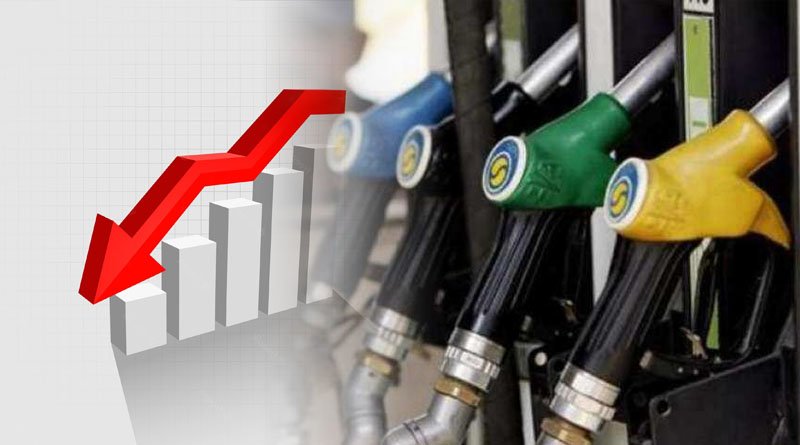It is important to note that the cost of MS and HSD has increased from PKR267 to PKR280 per litre, respectively, an increase of PKR117 and PKR136.

Sales Of Petroleum products for February 2023 were reported at 1.22 million tons, a decline of 16% MoM and 21% YoY. After July 2022, when it decreased by 26% MoM, this represents the largest monthly decline. Significant price increases in MS and HSD over the previous 45 days are to blame for the decline.
Additionally, there were severe fuel shortages at gas stations in Central Punjab because price hike rumours persisted throughout the entire month. Dealers decided to stockpile fuel as a result, rather than carry on with business as usual.
Due to the sharp decline in the PKR during the time, OMCs found it difficult to receive timely shipments of petroleum products, which made the situation even worse. For the importing entities, this led to a delay in L/C clearances and significant exchange losses, which ultimately forced them to limit their supply to dealers across the nation.
Last but not least, fewer working days also played a role in the monthly decline in POL sales in February 2023. In comparison to the same period last year, total POL sales decreased by 19%YoY, or to 11.69 million tons, from 14.45 million tons.
Petroleum products sales frequently have a strong correlation to the state of the economy as a whole, so the decline is primarily attributable to a decline in organic demand. This is demonstrated by the fact that during the 1HFY23, LSM activity fell by 3.7%, power generation dropped by 7.3%, and auto sales fell by 42% YoY.
Consumers have decided against leisure travel due to the ongoing wave of inflationary pressures that have gripped the economy and their diminished purchasing power.
It is important to note that the cost of MS and HSD has increased from PKR267 to PKR280 per litre, respectively, an increase of PKR117 and PKR136. These prices represent an increase of 78% and 94% as against March 2022, in line with the current government’s plan to pass on the full cost of supply and levies to consumers.
In spite of the general industrial downturn, HASCOL stood out as the most resilient company, with total volumes for the month reported at 27,000 tons, up 4% month over month and 5% year over year.
This followed HASCOL‘s decision to reopen the majority of its retail depots by the end of CY22 after most of them had shut down as a result of the fallout from its dealer network in CY20. PSO and APL had market shares of 49.2% and 8.5%, respectively, at the end of the 8MFY23 period in the retail sector (MS, HSD, HOBC). Last but not least, the share of smaller players (the bottom 25) was 6.3% as opposed to 6.6% last month.
The demand for petroleum products hasn’t been this bad in years since the COVID’19 pandemic struck, with two-thirds of the year already completed. Overall, the general economic slowdown continues to threaten the sector’s viability because rising prices and sluggish business and industrial activity have put pressure on offtakes.
The analysts assume negative volumetric growth for the sector due to intense inflationary pressures in the upcoming quarters and a depressed GDP outlook for the upcoming months.
